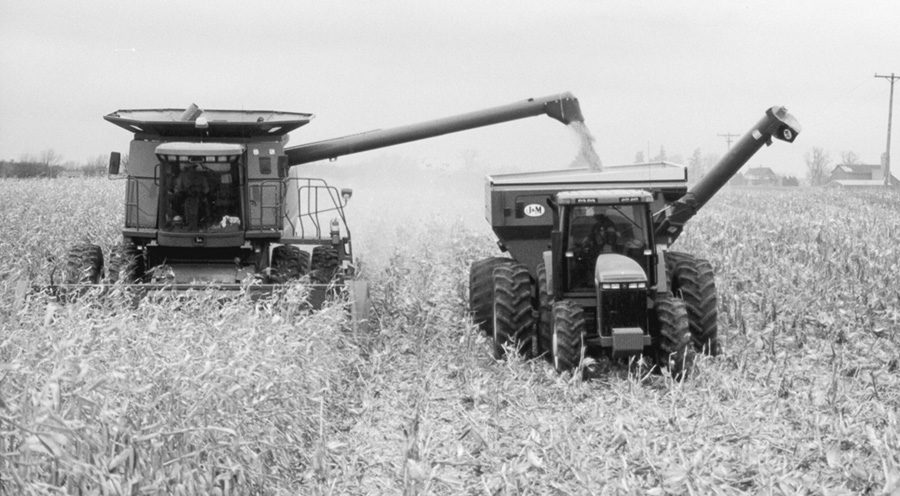No-Till Farmer
Get full access NOW to the most comprehensive, powerful and easy-to-use online resource for no-tillage practices. Just one good idea will pay for your subscription hundreds of times over.

To feed future generations, no-tillers will need to find new ways to increase productivity while conserving current and future resources, says Darian Landolt, a researcher in CNH Global’s Product Management Innovation Group at Maple Park, Ill. Most importantly, he maintains that these objectives must be sustainable.
Several factors contribute to sustainability. By adopting additional soil conservation practices, for example, no-tillers can help to maintain agricultural sustainability. High yielding conventional and transgenic seed varieties and new generation chemicals formulated to increase crop yields while minimizing environmental impact also are helping. As the industry increases its understanding of precision ag technologies and management, these tools should contribute to sustainability.
“Technology is definitely allowing us to analyze what we do and come up with better approaches,” says Landolt. “In addition to allowing you to better see what you are doing in the field, precision ag technologies can help you to manage more information and more no-tilled acres.”
Technology is also helping increase machine and operator efficiencies while reducing operator fatigue.
A light bar on a floater sprayer, for example, can save you from constantly having to turn your head to watch the foam marker when spraying herbicides. The light bar allows you to look straight ahead, thereby reducing eye and neck strain.
Yet the tractor or combine operator is still the limiting factor in 90 percent of all operations, says Landolt.
Moreover, Landolt believes that precision ag technology, in particular, is a great equalizer. It helps farmers, no matter what…